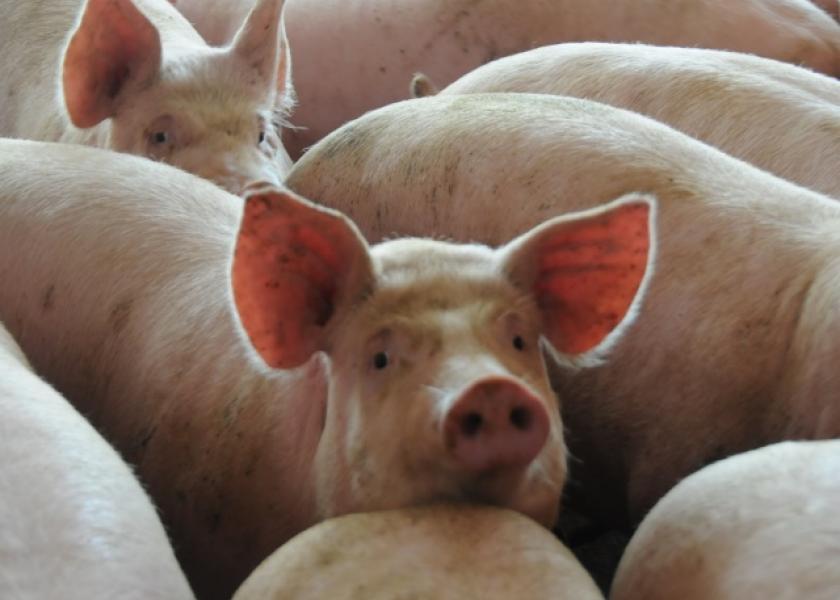China Reaches for More U.S. Pork

We talked to pork industry leaders about domestic and international demand for the meat and the hurdles the industry is working through to make sure the world eats more pork.
An increase of pork is expected on the market come fall. Now, the industry is trying to make sure that product has a home.
“We think we're going to have six to eight weeks (this fall) where we're close to slaughter capacity," says Steve Meyer, vice president for pork analytics and EMI Express Markets Incorporated.
But more pork processing plants are on the way. Plants are expected to be up and running in Michigan, Iowa, Minnesota and Missouri by late 2016 or 2017.
“That will make the demand higher. That will help our prices,” says PORK Network Editor JoAnn Alumbaugh.
Industry leaders also are focusing on a plan to make sure that any extra supplies of the product is consumed. “Our domestic demand is strong, but virtually flat. Even if our consumers were to consume two more pounds of pork a year, that would not compensate for the amount of pork we’re going to have on the market. So, it’s really important that our producers and our exporters focus on international markets,” says National Pork Board Vice President of International Marketing Becca Nepple.
Those are markets like China, which wasn't a big player as recently as a year ago, but U.S. pork exports to China in April surpassed top buyer Japan for the first time. What happpened? China now has a shortage of pork products domestically from culling its own hogs as well as record high prices.
“They had delisted several of our pork-exporting plants. Since then, they have relisted several plants, and those plants now are interested in exporting,” says Nepple.
At the same time, the pork industry is keeping a close eye on factors that could affect demand.
“The concern we have is that China and Hong Kong were at 95 percent from a year ago," Meyer says. "But the only other market that was positive was Canada. Japan was down, Mexico was down. We’re still fighting a strong dollar and we’re still fighting quite a bit of competition from the European Union."
Still, China is such a large player that prices for U.S. producers depend on the export situation. But Meyer also says he anticipated price pressure in the fourth quarter here at home.
“We have (third-quarter) prices in the upper seventies. Then (fourth-quarter) prices, we have back down in the low sixties based on the supply situation," Meyer says. "Those are well under where the futures markets are at during the present time. We think the futures are offering pricing opportunities for producers."
There are some ongoing challenges for U.S. pork exports. Some countries, such as China, Taiwan and Thailand don’t import U.S. pork fed with ractopamine, a drug widely used as a feed additive. The U.S. pork industry is advocating for those countries ease those restrictions, but until that happens, some pork producers are making adjustments to their production methods.
“Some producers have made the decision to not use ractopamine, to have access into those markets. That’s an economic decision that they need to make," says National Pork Producers Council President John Weber. "From our position as an organization, we’re very science-based and technology based. We will continue to work with these countries and accept the use of ractopamine."
Ultimately, though, producers' end markets may depend on the processing plants.
“A major factor in growth is a relisting of those plants for China late last year. We went through most of 2015 with only four or five plants listed to be eligible to ship there. If you don’t have any plants eligible, you can’t do a whole lot of business,” says Meyer.
U.S. Pork and its Demand
Want more video news? Watch it on MyFarmTV.







